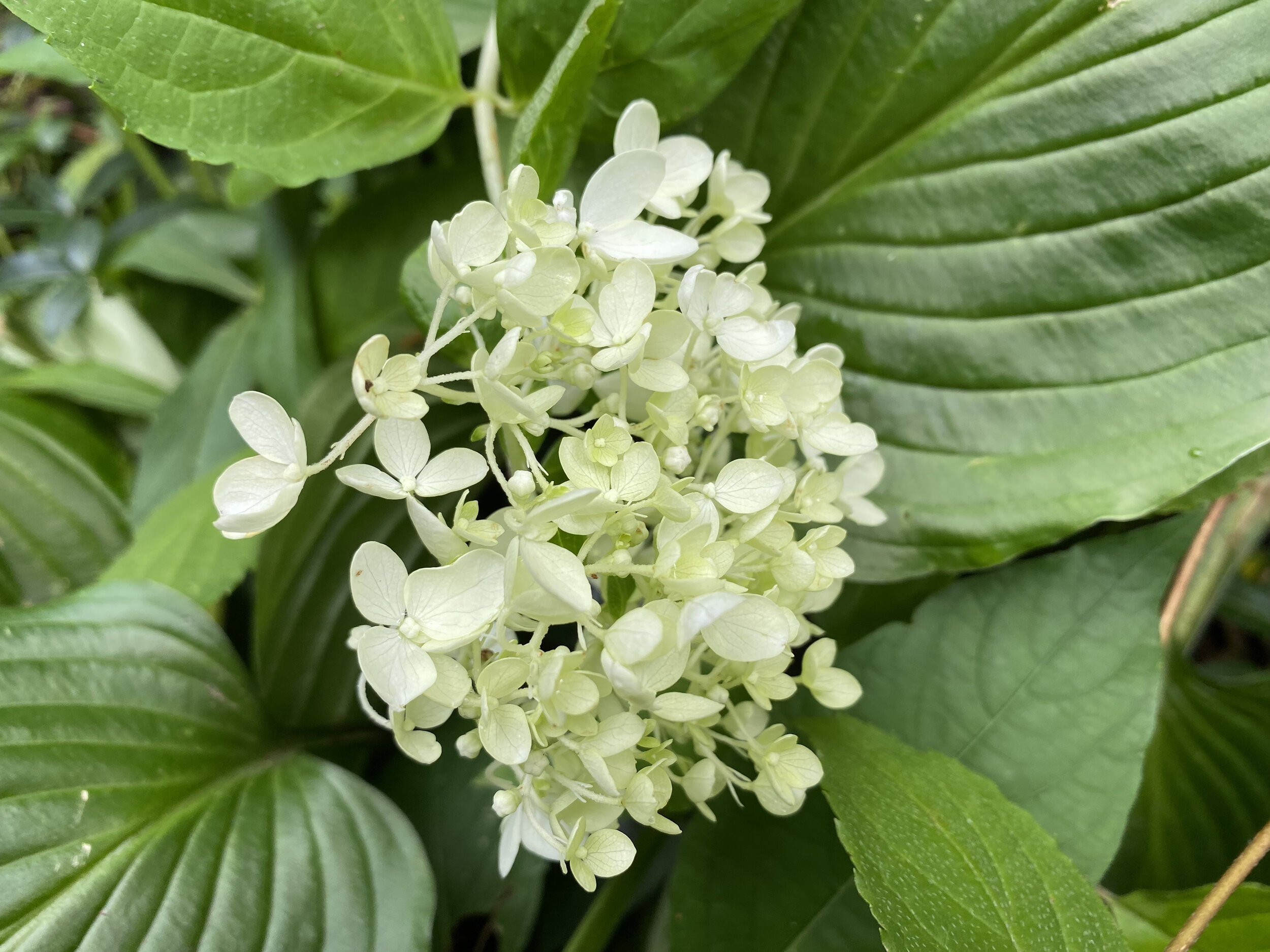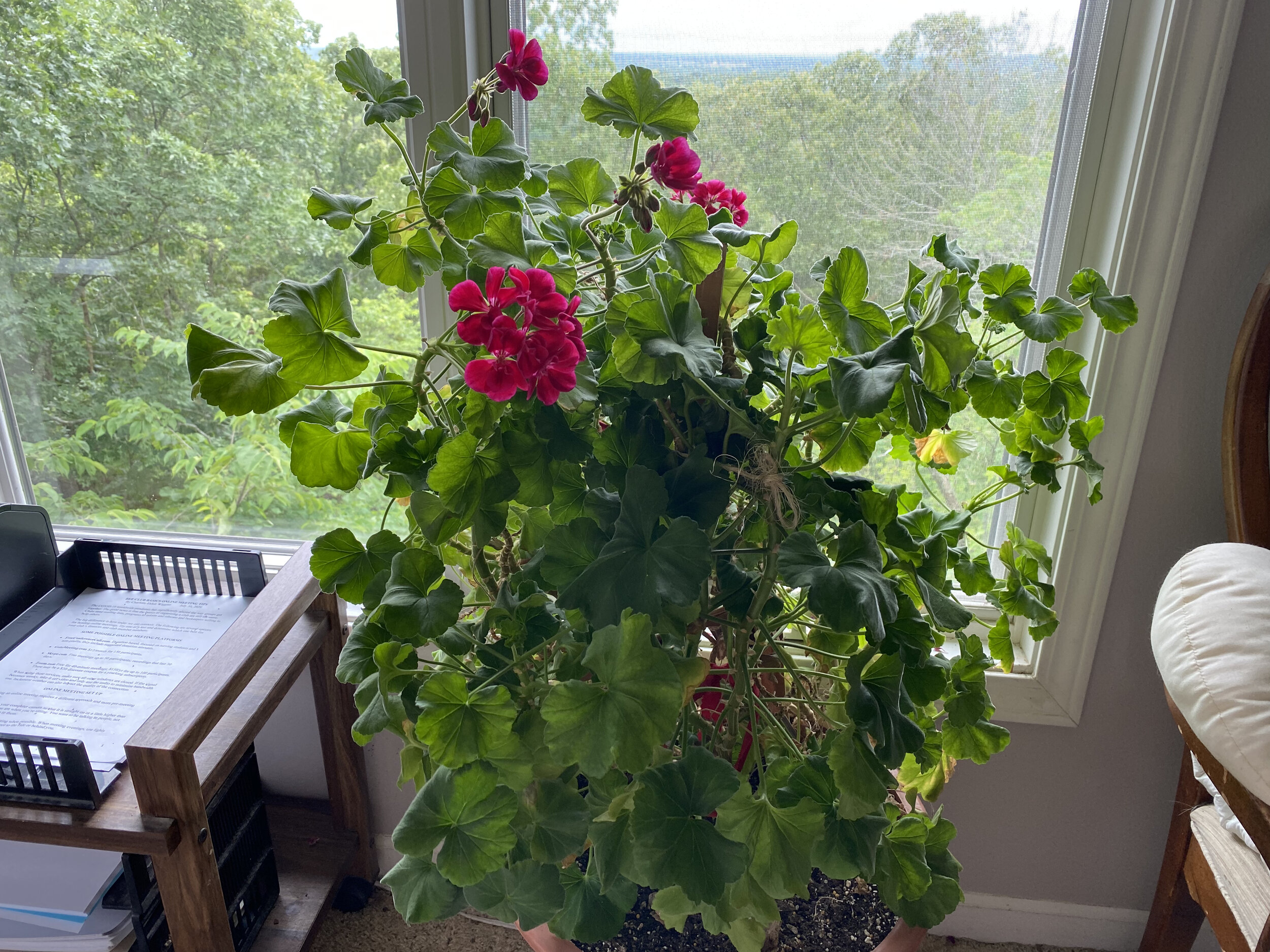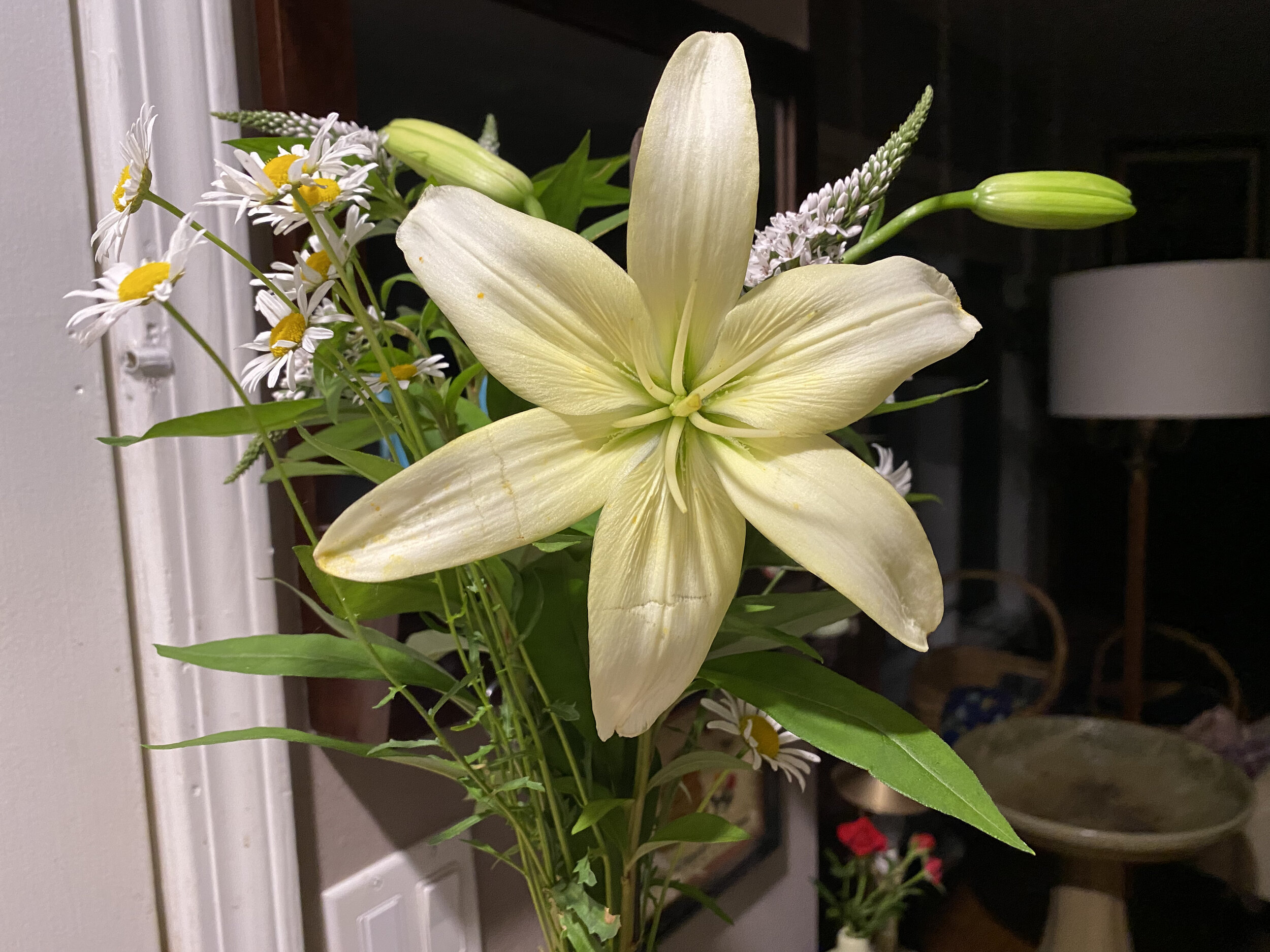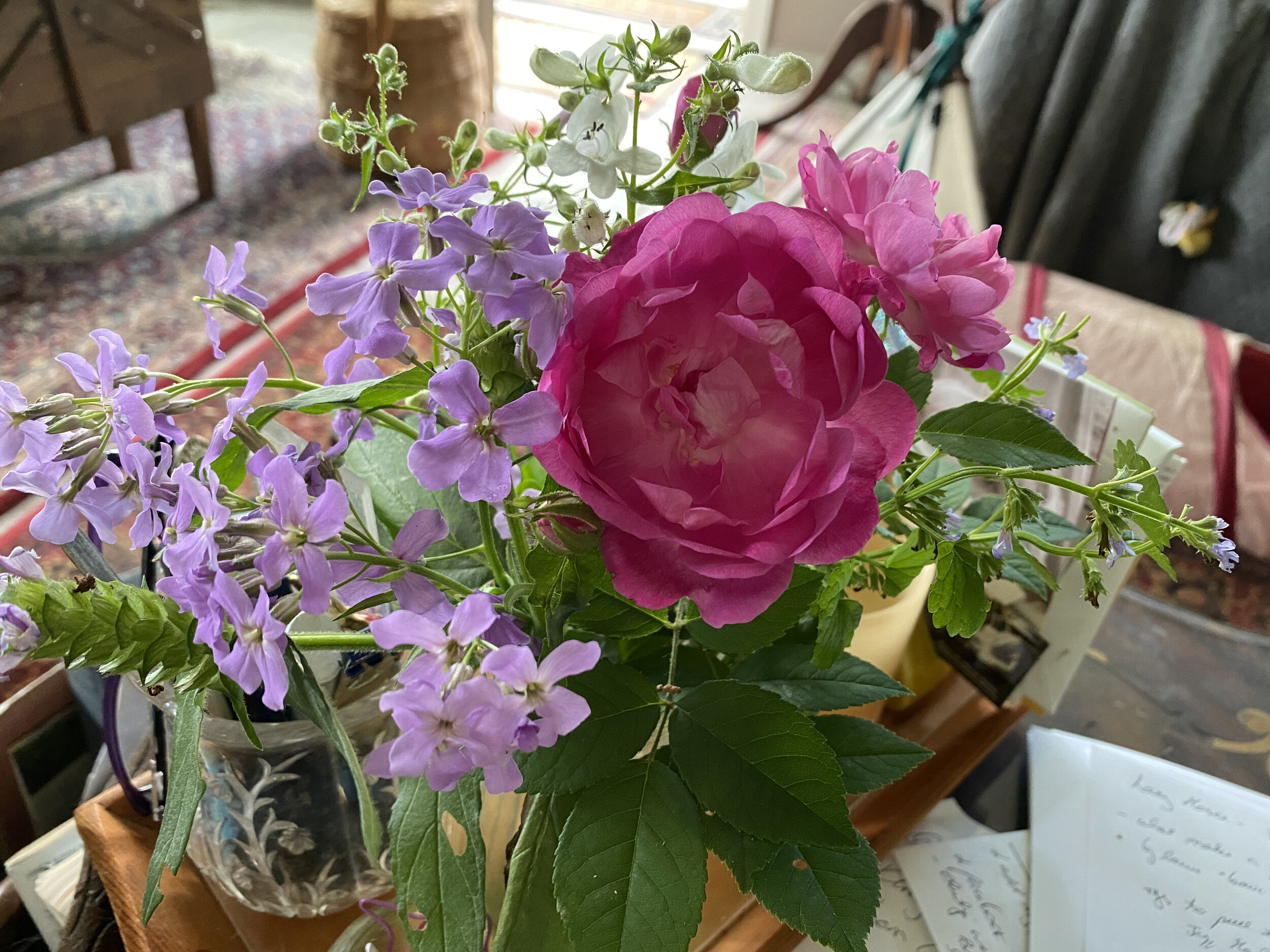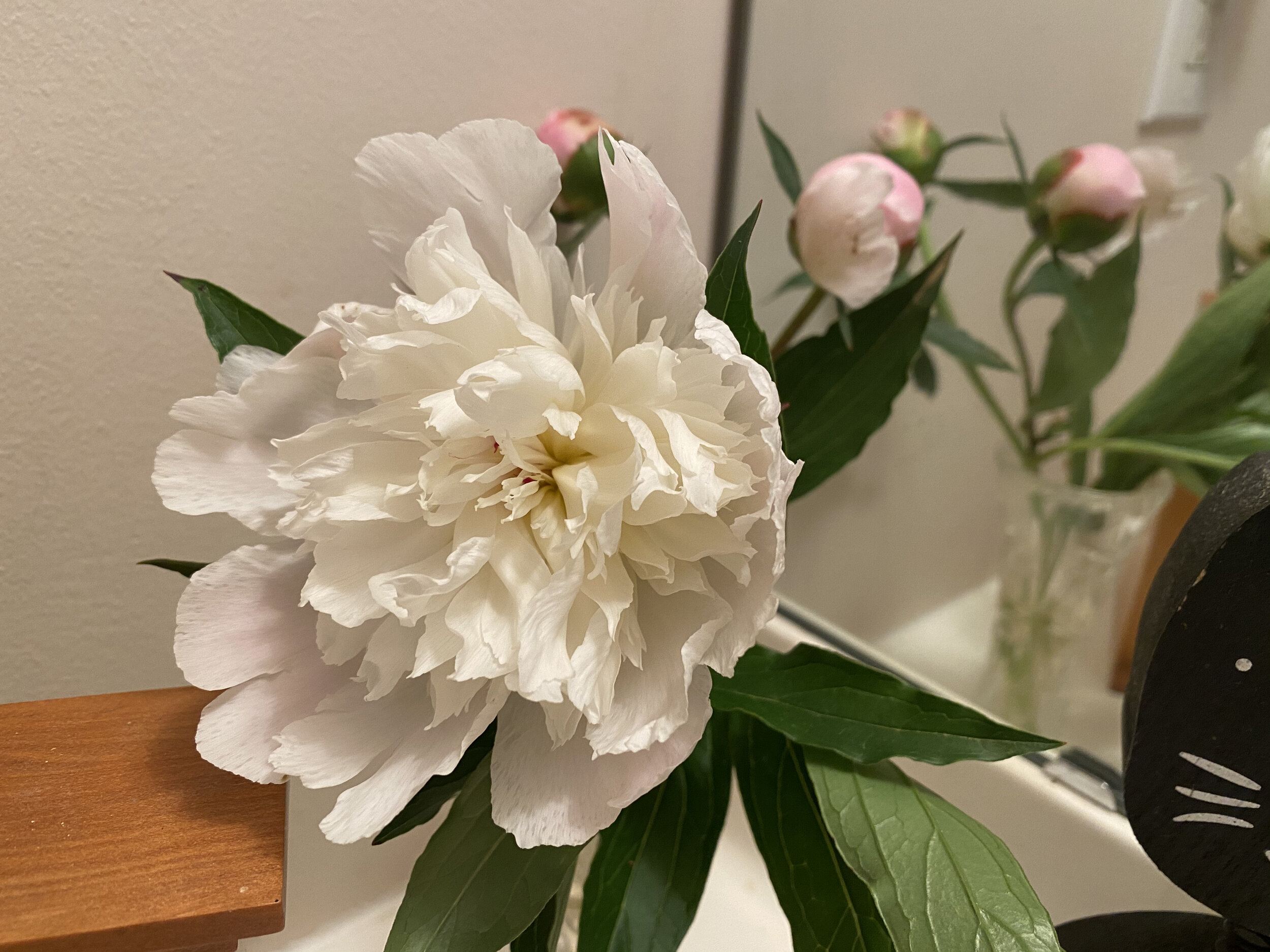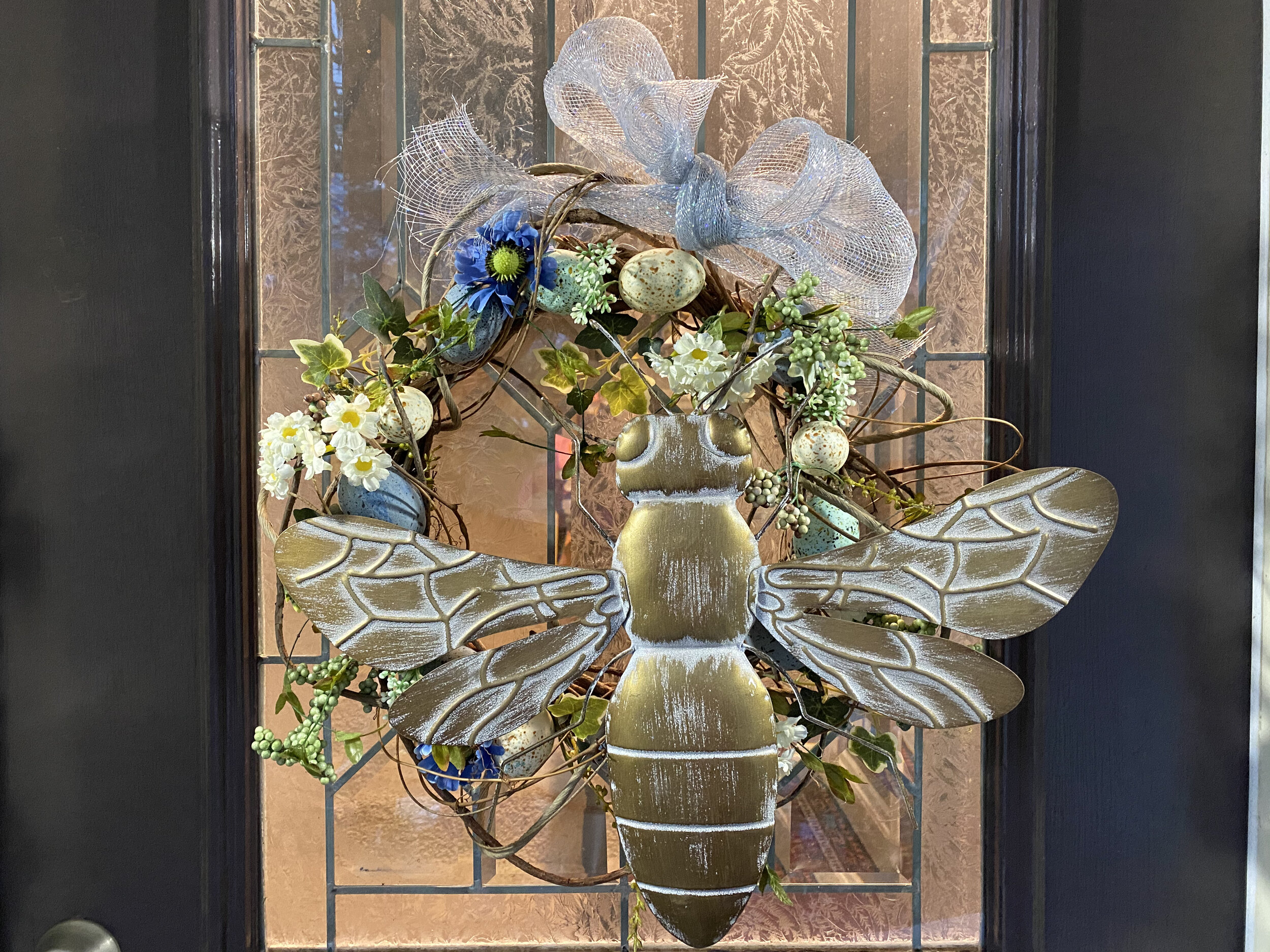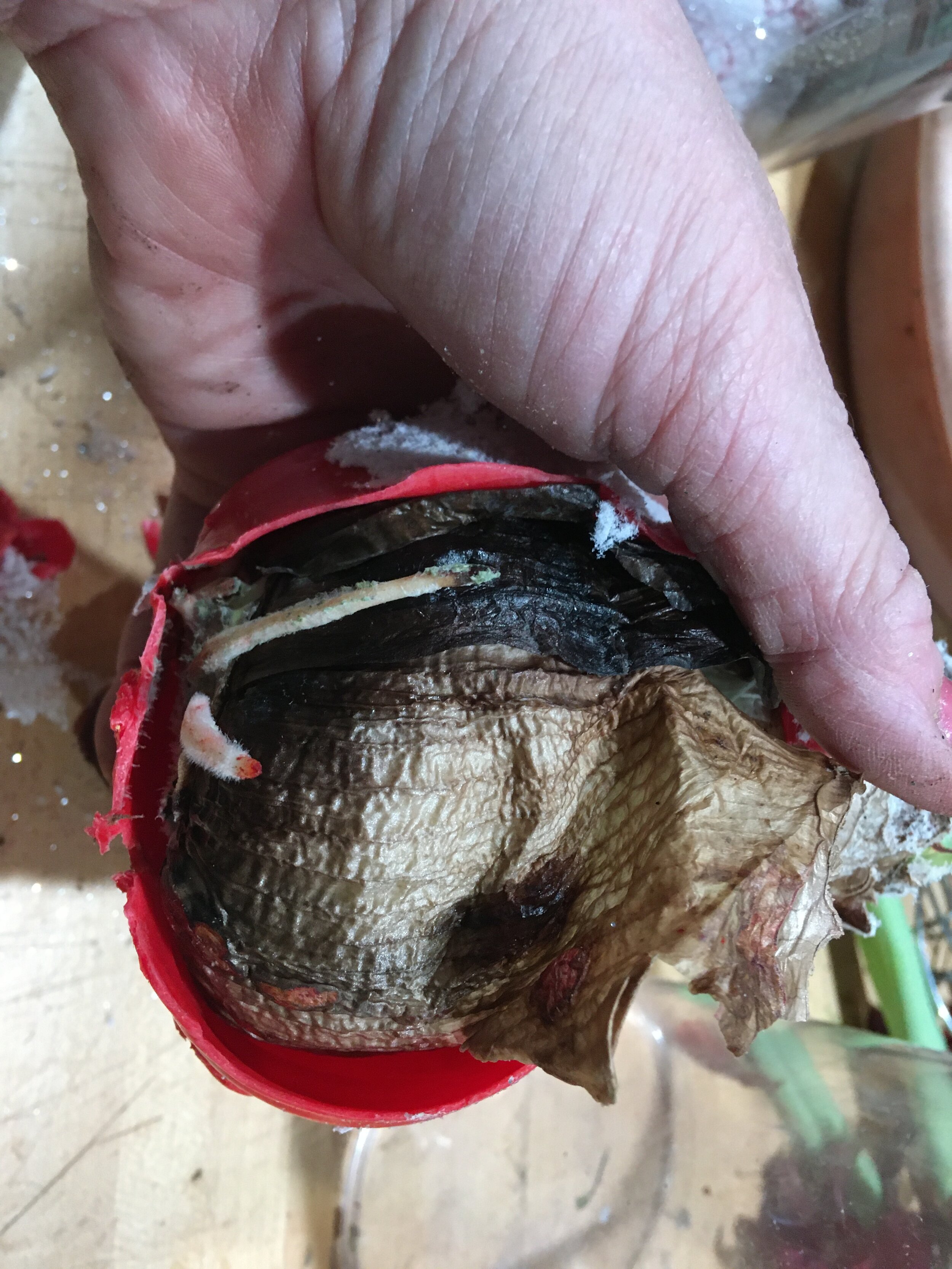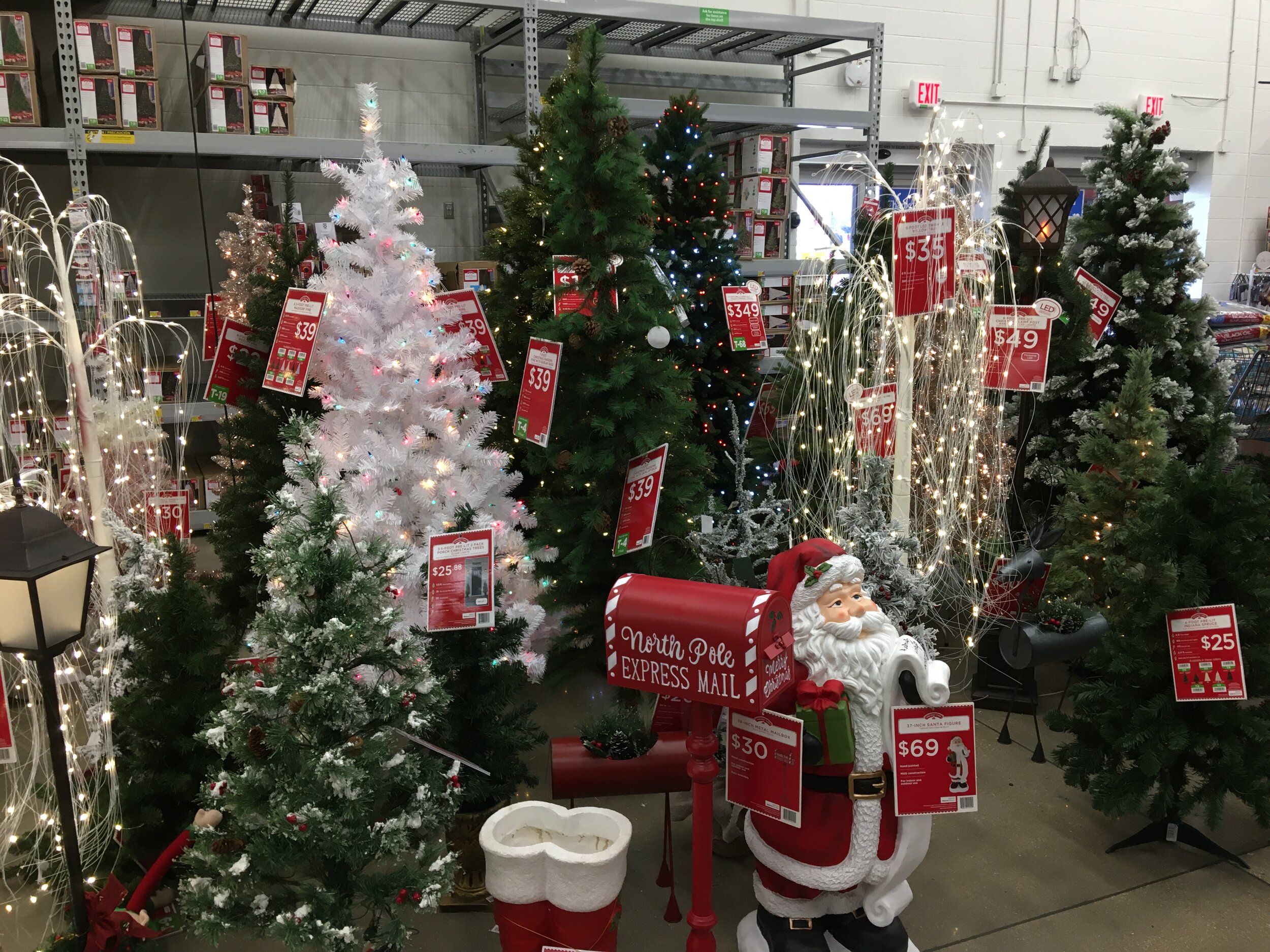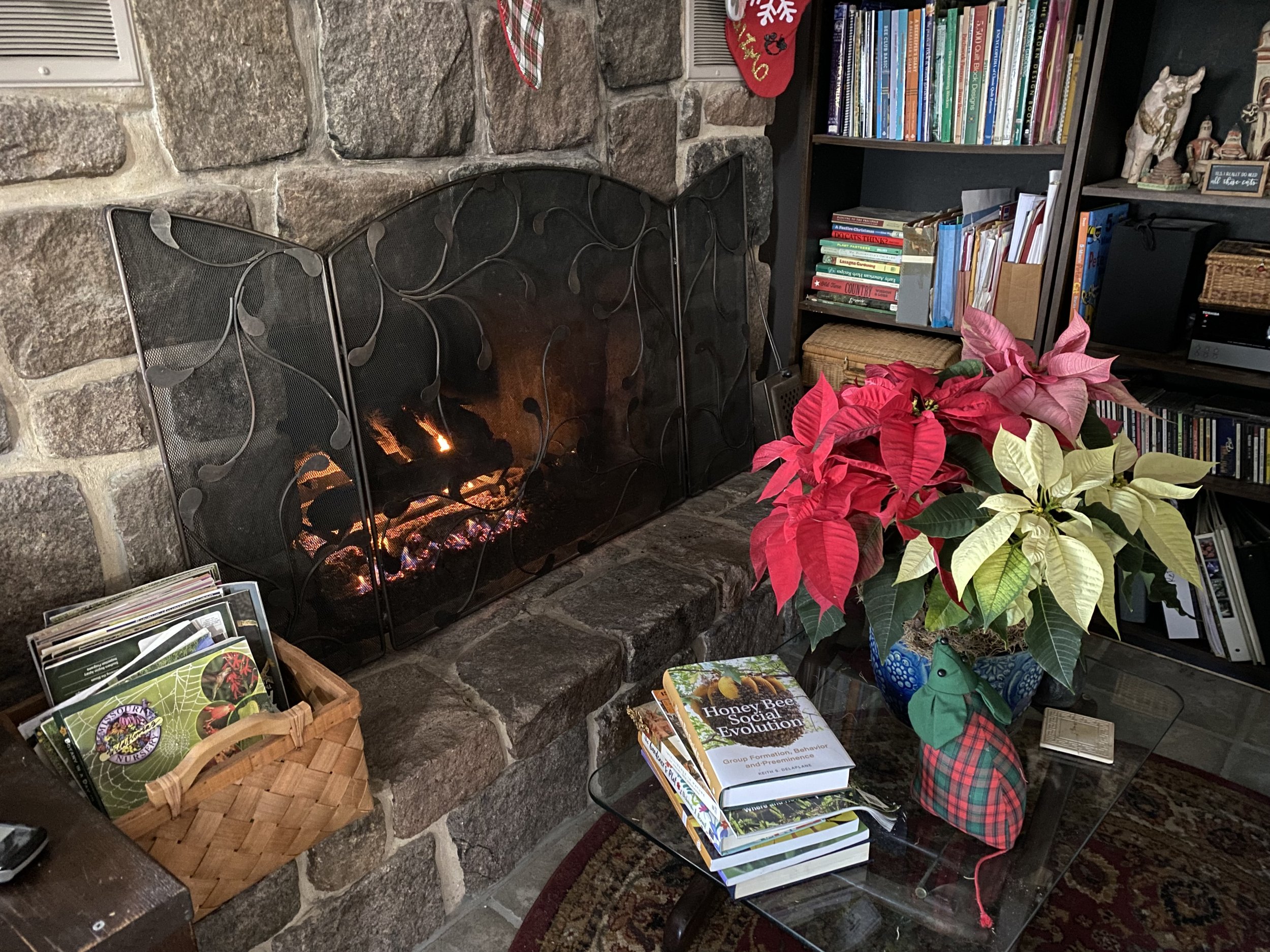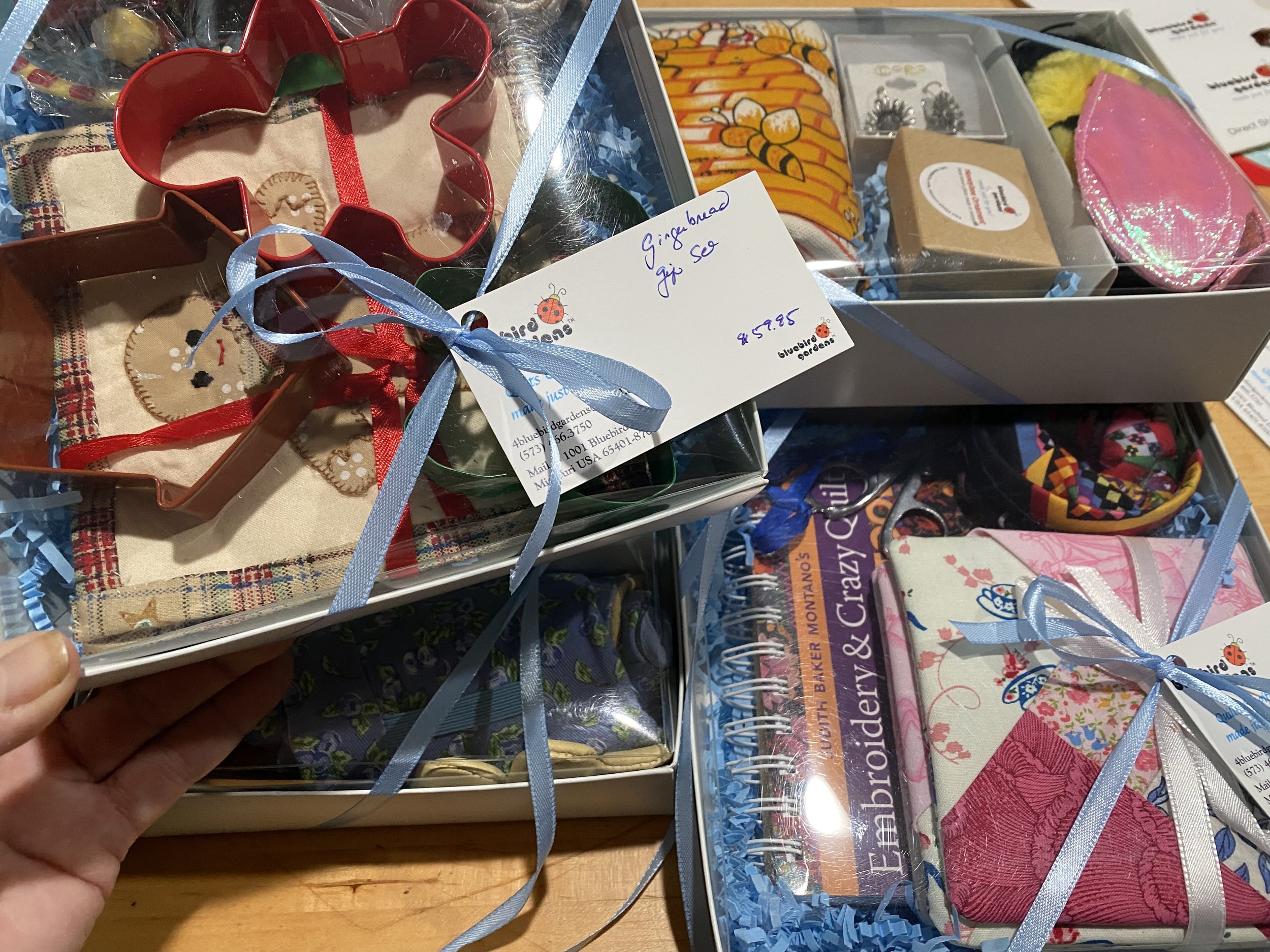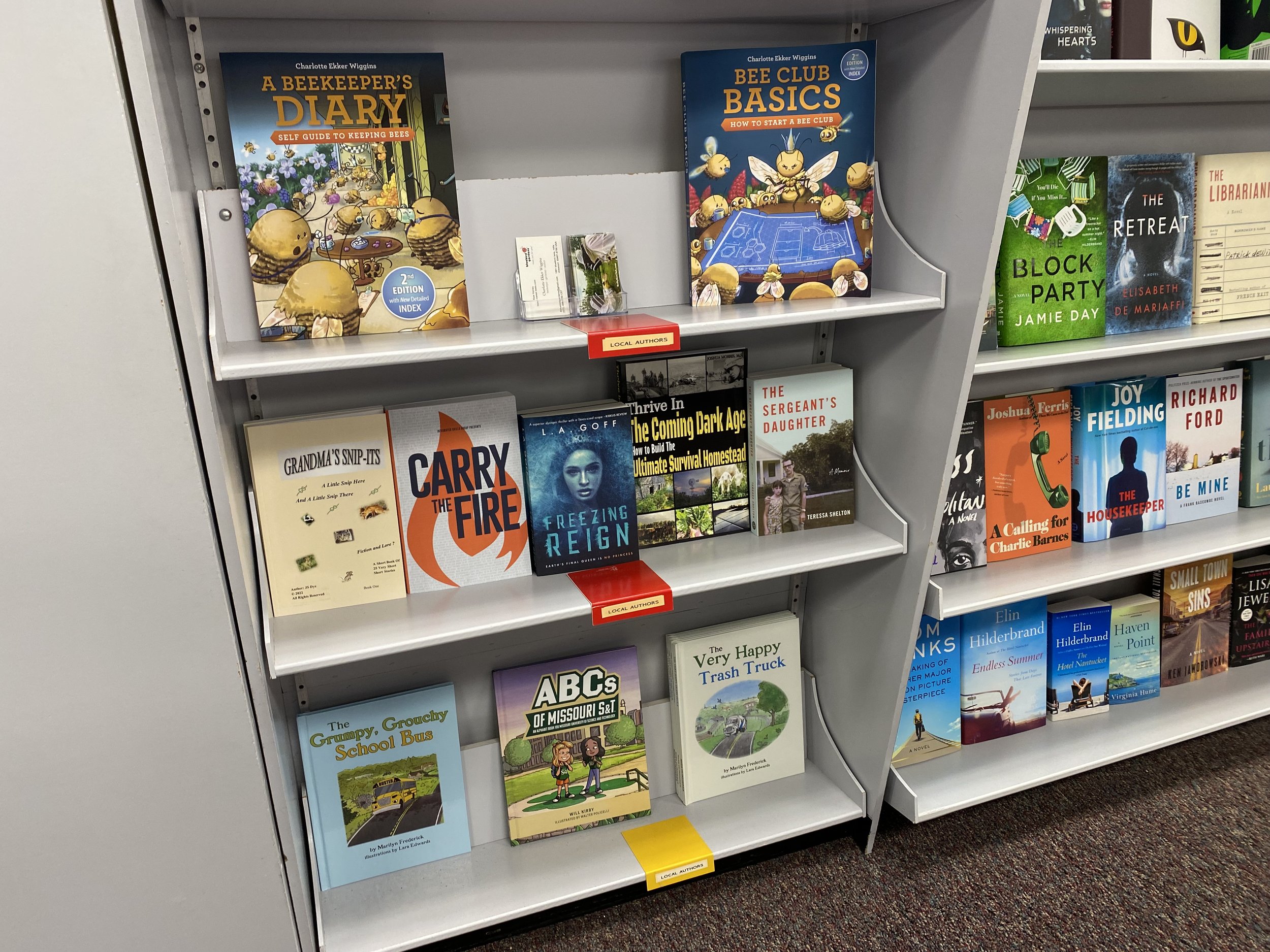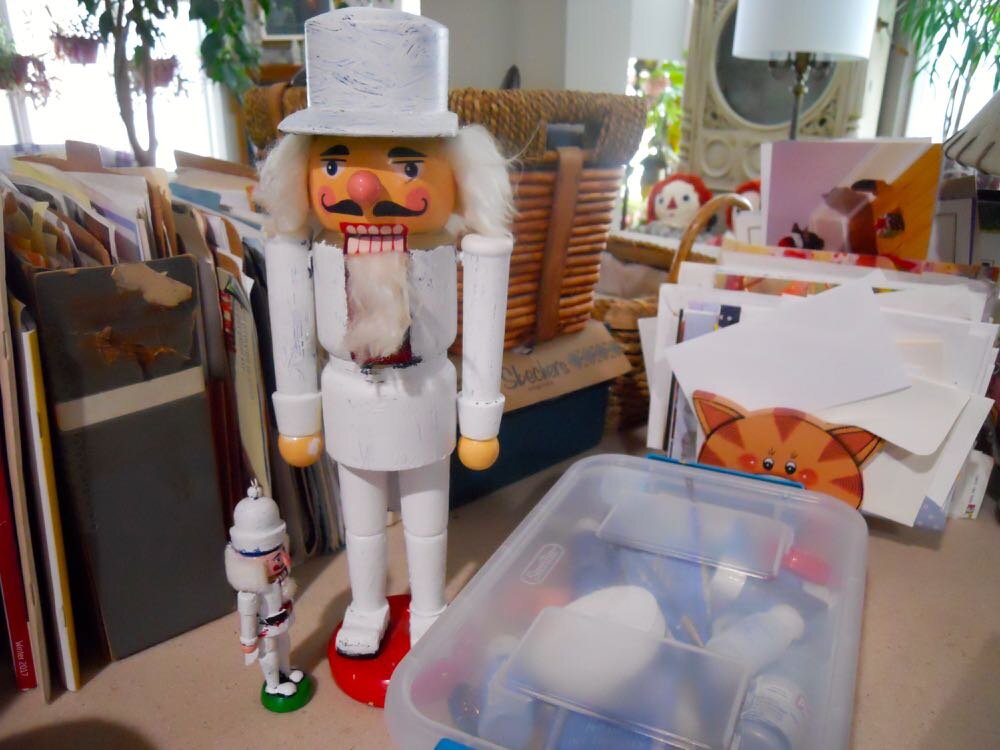Panicle Hydrangeas
/These lovely panicle hydrangeas cluster make lovely flower bouquets. (Photo by Charlotte Ekker Wiggins)
Panicle Hydrangeas
If there is one hydrangea to plant to help pollinators, and to use as elegant easy home decor flower bouquets, it’s panicle hydrangeas. Panicle hydrangeas have a long oblong flower head as opposed to the more traditional round hydrangea flower shapes.
Like common lilacs, panicle hydrangeas have a long life with little care. This is one of the hardiest and easiest hydrangeas to grow. It is adaptable to a wide range of garden conditions from full sun to shade. They do require at least 4-6 hours of sun to set blooms.
Though they don’t need pruning, panicle hydrangeas will look neater if you at least remove some of last year’s blossoms that are still hanging on in early spring. I tend to trim them in March when I’m trimming roses.
New buds are formed in late spring on new growth, so they aren’t typically damaged by cold.
This is the telltale shape of a panicle hydrangea, more oblong than round. (Photo by Charlotte Ekker Wiggins)
This is a LimeLight Panicle Hydrangea shrub with more round flowers heads. (Photo by Charlotte ekker Wiggins)
My panicle hydrangeas start to bloom mid-summer along with hardy hibiscus, black eye susans and purple coneflowers.
When I see others cutting off blooms, I collect the cuttings and bring them home for the easiest, and quickly elegant, flower bouquets. If the flower heads are too big, you can easily cut the flower heads down into smaller sections.
The cut flowers do take up a lot of water in the first couple of days so check their water levels and replace vases with fresh water.
Some of the bouquets I have added over the years last the longest in darker rooms.



